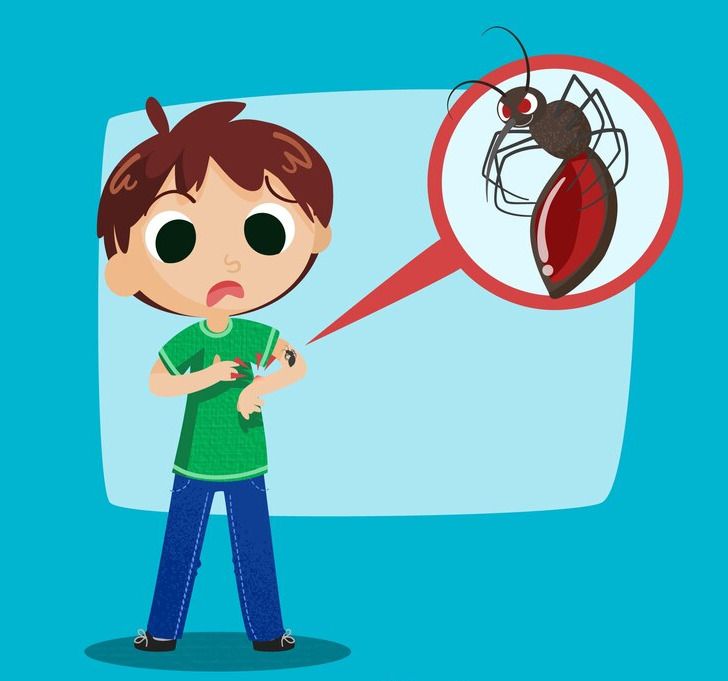Malaria is caused by Plasmodium parasites, which are transmitted to humans through the bite of infected Anopheles mosquitoes. Once in the bloodstream, the parasites travel to the liver, where they mature and multiply. They then infect red blood cells, leading to the characteristic cycles of fever, chills, and flu-like symptoms associated with malaria. Lariago Ds Tablet is used to treat malaria, a serious or life-threatening illness that is spread by a parasite that enters the human body by the bite of infected mosquitoes.
Diagnosis:
Diagnosing malaria typically involves:
- Symptom Evaluation: Fever, chills, headache, and muscle aches are common symptoms. Lariago Ds Tablet Uses to treat malaria.
- Blood Tests: Microscopic examination of blood smears to detect the presence of malaria parasites.
- Rapid Diagnostic Tests (RDTs): These provide quick results by detecting specific malaria antigens in a blood sample.
Treatment Approaches:
The treatment for malaria depends on factors such as the species of Plasmodium parasite causing the infection, the severity of symptoms, the patient’s age, pregnancy status, and any drug allergies or medical conditions. Here are the main treatment approaches:
1. Antimalarial Medications
-
Artemisinin-based Combination Therapies (ACTs): ACTs are currently the recommended first-line treatment for uncomplicated malaria caused by Plasmodium falciparum, the most deadly malaria parasite species. They typically include artemether or artesunate combined with a partner drug (e.g., lumefantrine, piperaquine).
-
Other Antimalarials: For infections caused by Plasmodium vivax, Plasmodium ovale, or Plasmodium malariae, different medications such as chloroquine, primaquine, or atovaquone-proguanil may be used depending on the parasite’s sensitivity and regional drug resistance patterns.
-
Intravenous Artesunate: For severe malaria cases or when oral medications cannot be tolerated, intravenous (IV) artesunate is recommended as it rapidly reduces parasite levels and improves survival rates.
2. Supportive Care
-
Fluids and Electrolytes: Severe malaria can lead to dehydration and electrolyte imbalances due to sweating, vomiting, and diarrhea. Rehydration with oral or IV fluids helps maintain fluid balance.
-
Symptomatic Treatment: Medications to reduce fever (antipyretics), relieve pain, and manage other symptoms like nausea or vomiting.
3. Monitoring and Follow-Up
-
Monitoring: Regular monitoring of symptoms, parasite levels (through blood tests), and potential complications during and after treatment.
-
Follow-Up: Follow-up visits to ensure complete resolution of symptoms and confirm eradication of the parasite.
Prevention Strategies:
Preventing malaria primarily involves:
-
Vector Control: Using insecticide-treated bed nets, indoor residual spraying, and environmental management to reduce mosquito breeding sites.
-
Chemoprophylaxis: Taking antimalarial medications before, during, and after travel to malaria-endemic areas, as recommended by healthcare providers.
-
Personal Protection: Using insect repellents, wearing long-sleeved clothing, and avoiding outdoor activities during peak mosquito biting times.
Conclusion:
Malaria is a serious infectious disease that requires prompt diagnosis and appropriate treatment with antimalarial medications. While there is no simple way to “flush out” malaria from the body without medical intervention, early detection and treatment can effectively eliminate the parasite and prevent complications. Prevention strategies, including vector control measures and chemoprophylaxis in endemic areas, are crucial for reducing the burden of malaria globally.

